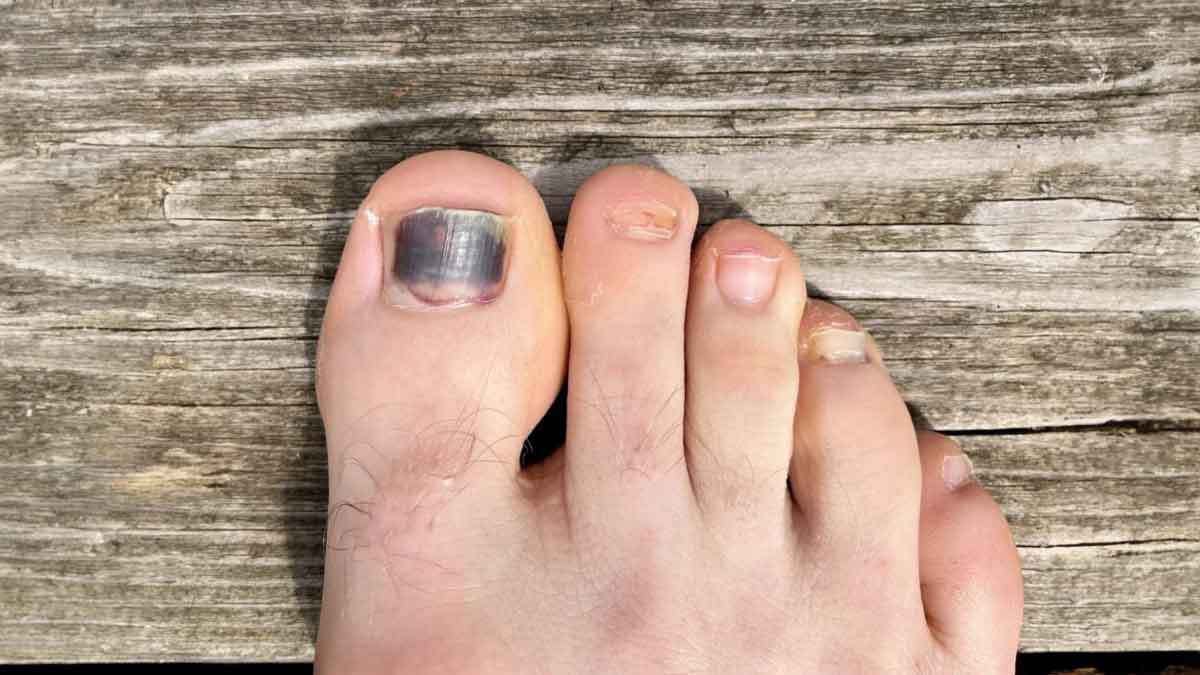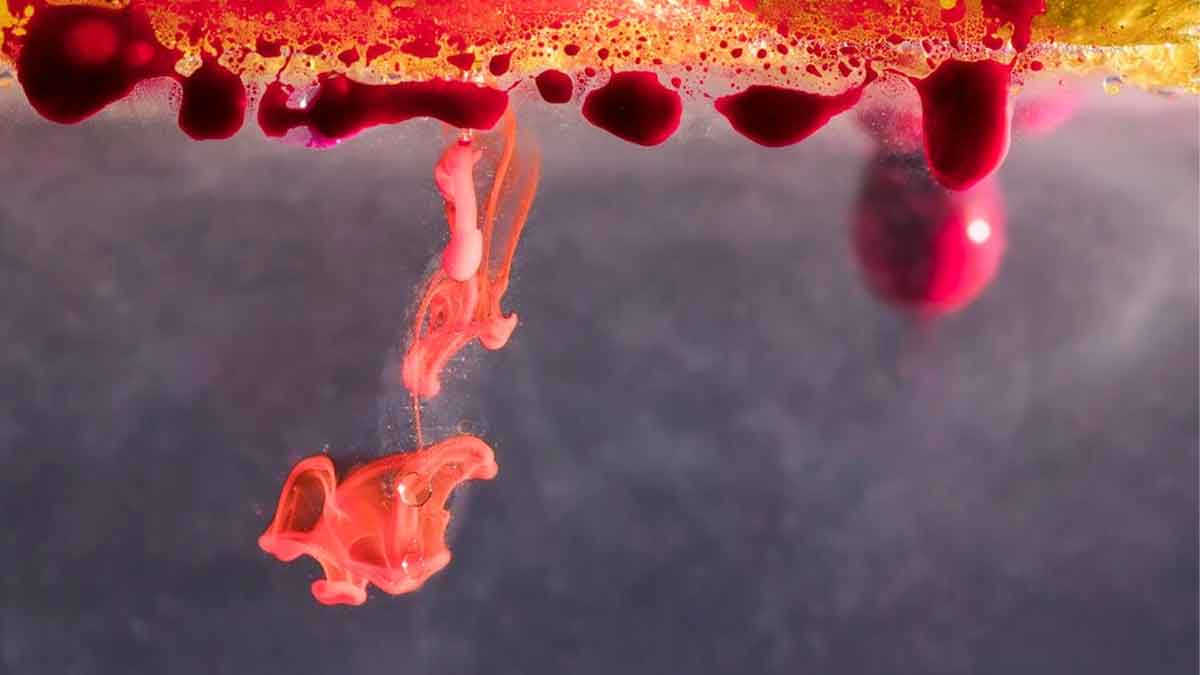
We may have all seen a black toenail and wondered what it was. It may bother you because you believe a black toenail is harmful.
A black toenail can be a sometimes painful issue that many people experience. It's essential to explore the various causes behind this condition to better understand how to prevent and treat it effectively.
Table of Content:-
Trauma and Injury
While interacting with Only my Health, Dr Sanjay Chaudhary, MBBS, VMMC, New Delhi said, “one of the most common reasons for a black toenail is trauma or injury. Stubbing your toe, dropping something heavy on it, or even wearing ill-fitting shoes that constantly press against the toenail can lead to bruising beneath the nail. This bruising causes the toenail to turn black over time.”
.jpg)
Also read: Clubbed Fingers Can Be A Predictor Of Lung Or Heart Problems: Steps To Take
Repetitive Stress
“Athletes, particularly runners, may develop black toenails due to repetitive stress on the toes. Continuous pressure and friction from activities like running or hiking can cause blood vessels beneath the toenail to break, resulting in discoloration,” said Dr Chaudhary.
Fungal Infections
According to Clinical Microbiology Reviews, fungal infections, such as onychomycosis, can also lead to changes in toenail colour. While the most common symptom of a fungal infection is usually yellowing or thickening of the nail, it can occasionally cause a black discoloration. If left untreated, fungal infections can spread and worsen.
Blood Clots
In rare cases, a black toenail may be a sign of a blood clot under the nail. This can occur due to a minor injury that causes bleeding beneath the nail, and the blood subsequently clots. If you suspect a blood clot, it's important to seek medical attention promptly.

Subungual Hematoma
A subungual hematoma is a collection of blood under the toenail. This often happens after an injury that causes blood vessels to rupture beneath the nail. As the blood accumulates, the toenail can turn black. In some cases, a doctor may need to drain the blood to relieve pressure and prevent further damage.
Melanoma
While relatively rare, melanoma, a type of skin cancer, can occur under the toenail. As per MayoClinic, melanoma can lead to dark discoloration, including black or brown areas. Any sudden or unexplained changes in toenail colour should be evaluated by a healthcare professional, especially if there's no history of trauma or injury.
Prevention and Treatment
Protective Footwear
Wearing well-fitted shoes that provide proper support and protection can help prevent injuries and reduce the risk of trauma to the toenails.
Trimming Toenails Properly
Trim your toenails straight across and avoid rounding the edges to minimise the risk of ingrown toenails and injuries.
Maintain Foot Hygiene
Keep your feet clean and dry to prevent fungal infections. Choose moisture-wicking socks and allow your shoes to air out between uses.
Promptly Address Injuries
If you injure your toe, address it promptly by cleaning the wound and applying antiseptic ointment. If there's persistent pain or signs of infection, consult with a healthcare professional.
Also read: Swollen Fingers In Winters? Check Out Its Causes And Treatment
Regular Check-ups
Monitor the health of your toenails and seek medical attention for any sudden or concerning changes in colour or appearance. Early detection and treatment can prevent complications.
Whether it's due to trauma, fungal infections, or other underlying conditions, taking proactive actions to maintain foot health and obtaining professional counsel as needed will help keep your toenails in top shape.
Also watch this video
How we keep this article up to date:
We work with experts and keep a close eye on the latest in health and wellness. Whenever there is a new research or helpful information, we update our articles with accurate and useful advice.
Current Version